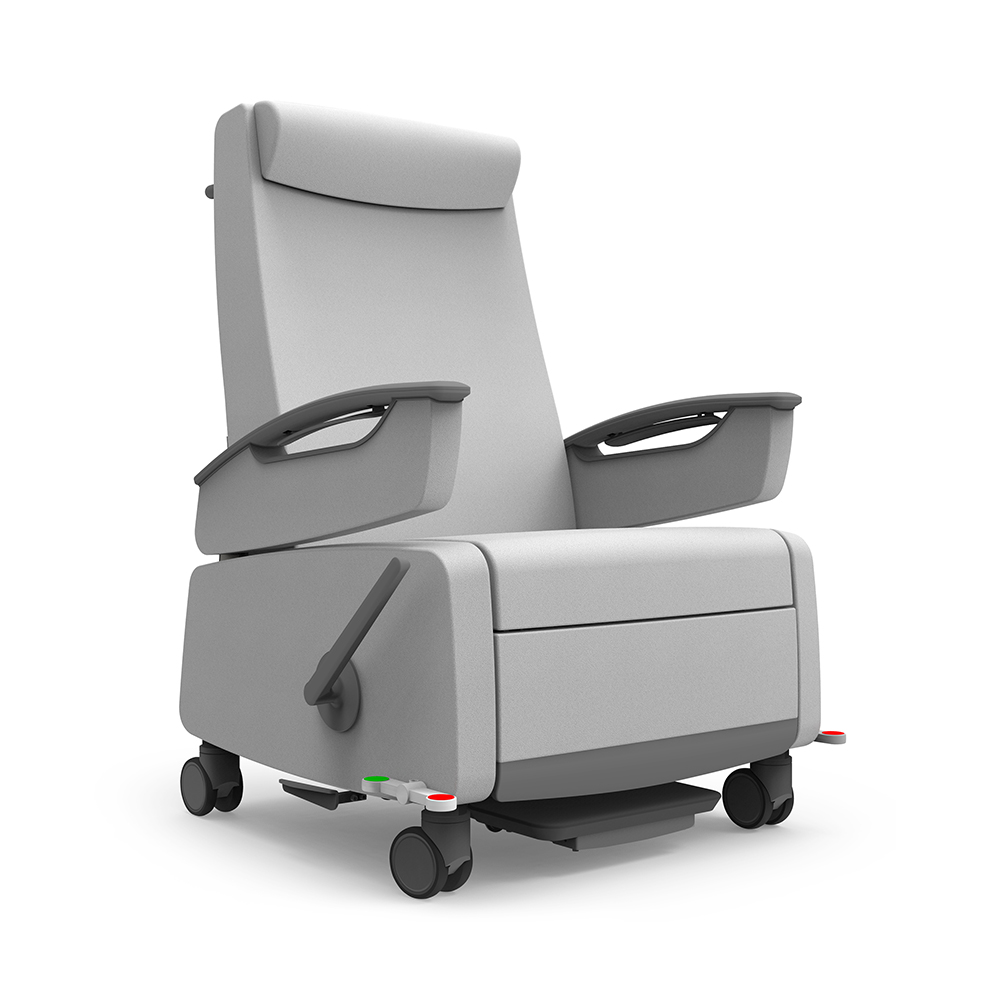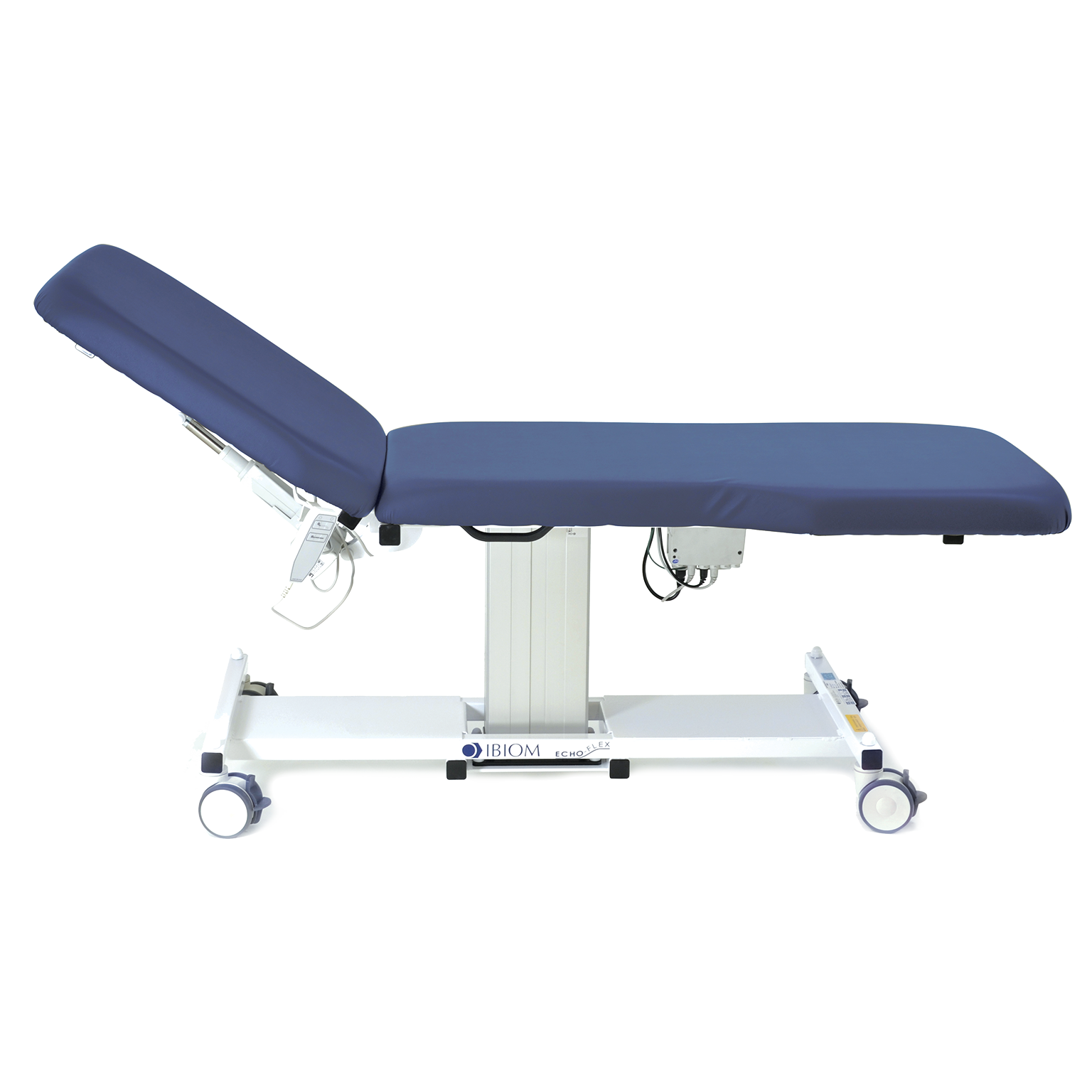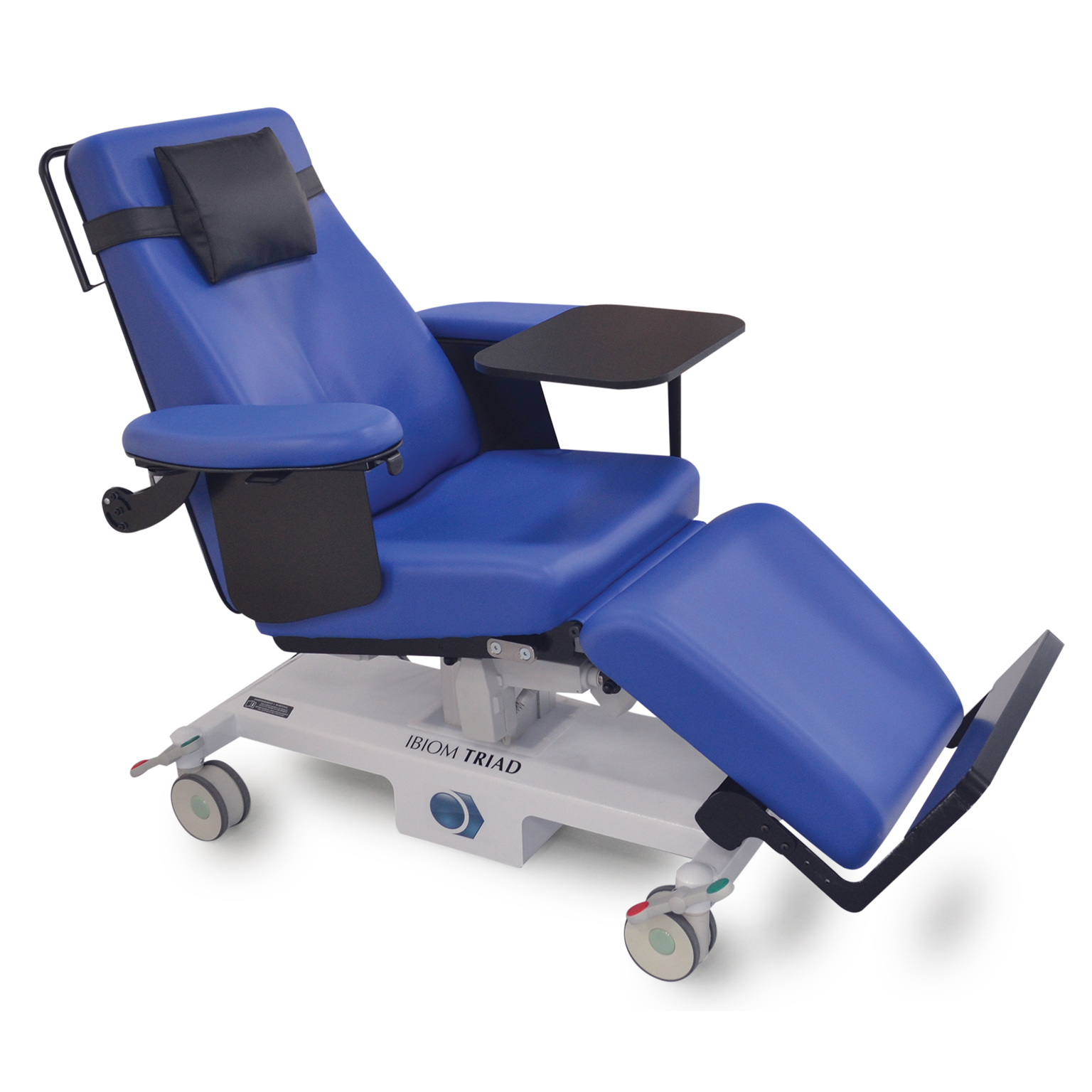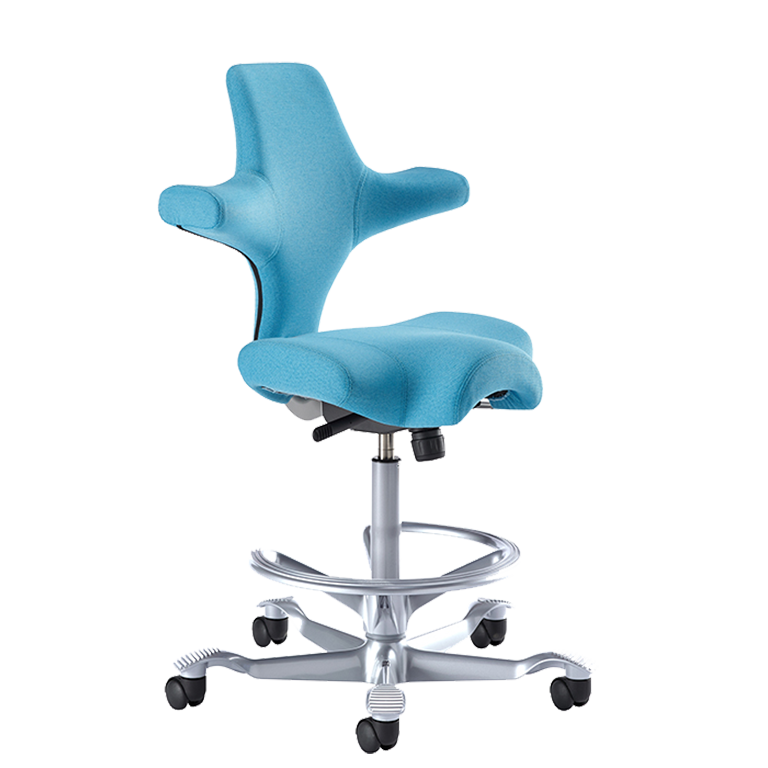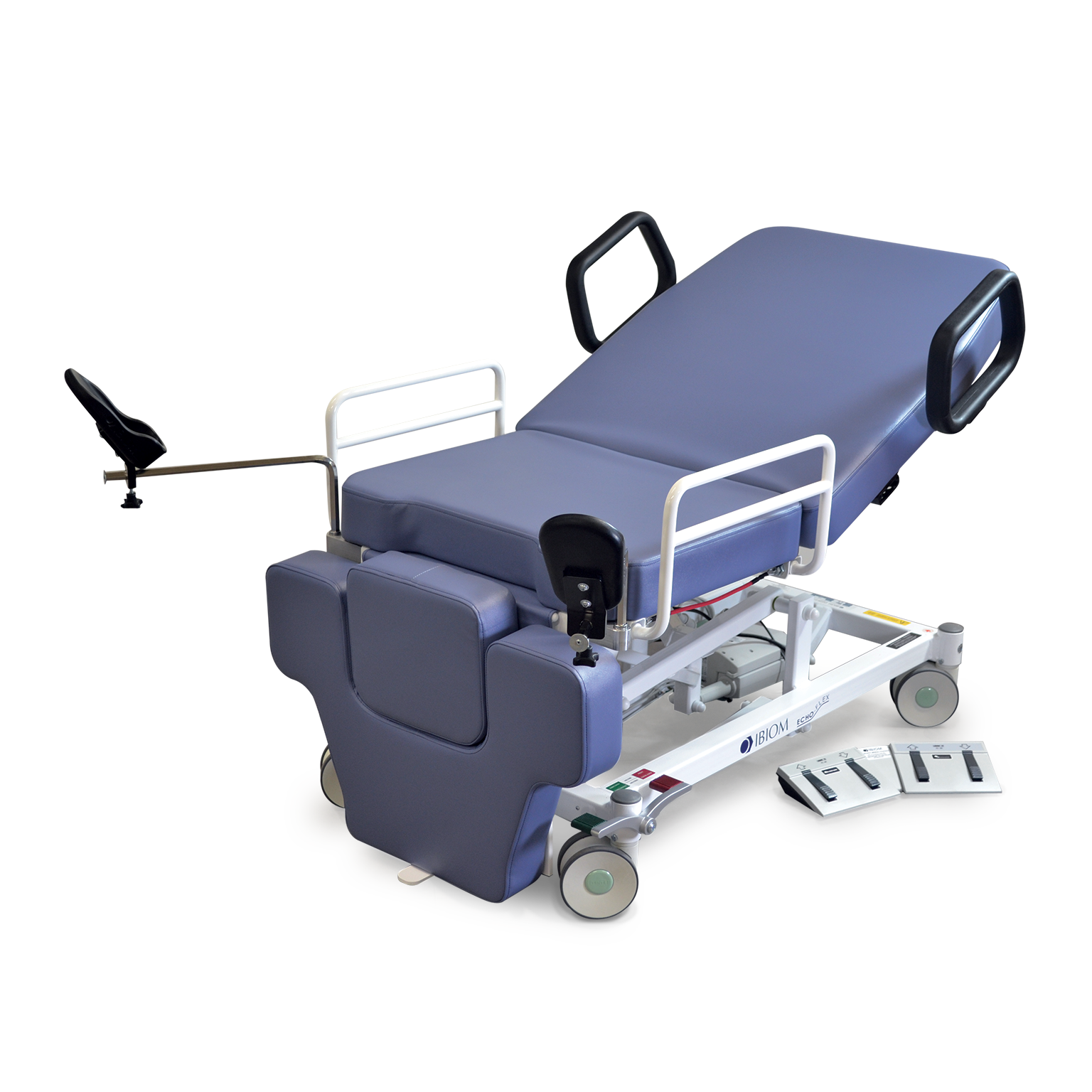THE RIGHT POSITION MAKES ALL THE DIFFERENCE
Reducing workplace injuries and improving patient comfort starts with the right medical furniture. That’s where we come in.

IBIOM
Ergonomic medical and non medical equipment supplier and manufacturer
At IBIOM, we believe that the right posture makes all the difference. That’s why, for over 40 years, we have been dedicated to improving patients’ and healthcare professionals’ comfort and safety by manufacturing and distributing ergonomic medical equipment and furniture.
Examination tables, treatment chairs, adjustable workstations, and more: we distribute equipment and furniture that meet high standards of quality and durability and offer ergonomic design tailored to the needs of healthcare professionals and patients in all healthcare settings.
The right medical equipment must be used to reduce workplace injuries and improve patient comfort. So that’s exactly where we come in.

Do you have specific needs?
Our team of professionals at Ibiom is there to advise you and guide you towards the range of products best suited to your needs.
Do you have specific needs?
Our team of professionals at Ibiom is there to advise you and guide you towards the range of products best suited to your needs.
Specialized medical equipment for each healthcare facility
IBIOM serves the needs of a wide range of customers in the medical industry by distributing ergonomic medical equipment and non medical furniture suitable for many medical applications in all types of healthcare facilities. Browse the specialized medical equipment manufactured and distributed by IBIOM according to the type of healthcare facilities they serve: specialized medical equipment for hospitals, outpatient clinics, blood collection centers, private medical practices, and more.
Equipment for seniors' residences
IBIOM offers a wide range of ergonomic furnitures for seniors’ residences, including recliners, dining room furniture, and orthopedic cushions.
Medical equipment for radiology, radiotherapy, and medical imaging
Medical equipment for radiology and medical imaging include the ECHO-FLEX treatment tables, and the ERGO XR2 radiology chair for patients with reduced mobility.

Equipment brands distributed by IBIOM
IBIOM distributes quality products from brands that design ergonomics from high-quality materials tested for safe and durable use in the medical industry. Brands distributed by IBIOM include Allseating, Ergocentric and others. Find a selection of ergonomic, durable, and safe ergonomic furniture designed by trusted brands.
IBIOM medical equipment
Entirely designed and manufactured in Canada, IBIOM medical equipment is recognized for its quality, durability, and ergonomic design focused on the end user’s needs.
HAG speciality chair
Equipment manufacturer HÅG offers ergonomic chairs and stools that promote active sitting and reduce the risk of injury for healthcare professionals.
Want to know more about IBIOM?
The mission of IBIOM as a company is to design, manufacture, and sell high-quality ergonomic products for healthcare professionals and patients.
Your supplier of ergonomic medical equipment
IBIOM manufactures and distributes many types of equipment, including ergonomic chairs and stools, examination treatment tables and medical treatment chairs. To reduce the risk of occupational injuries in healthcare facilities and to improve patient comfort, all medical equipment distributed by IBIOM meets high standards of quality, durability, and ergonomics.
Medical treatment tables
IBIOM manufactures and distributes ECHO-FLEX treatment tables, known for their quality, durability, and numerous ergonomic features, providing comfort and safety to patients and health care professionals.
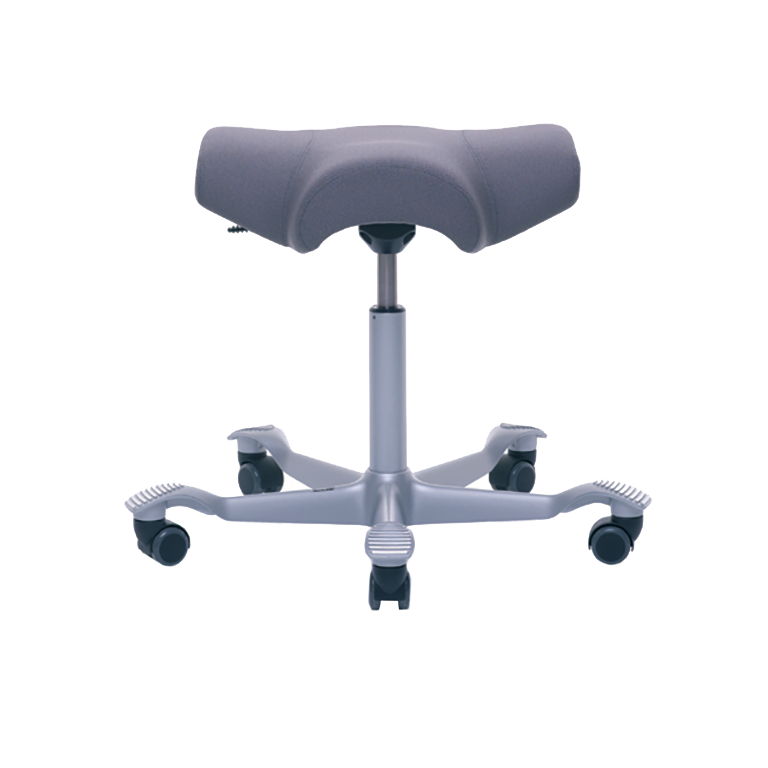
Ergonomic chairs and stools
IBIOM offers a wide selection of ergonomic office chairs and stools designed specifically for the medical field to help prevent chronic pain and injury among healthcare professionals.
Want to know more about the features of our medical equipment?
Check out our blog to learn more!

